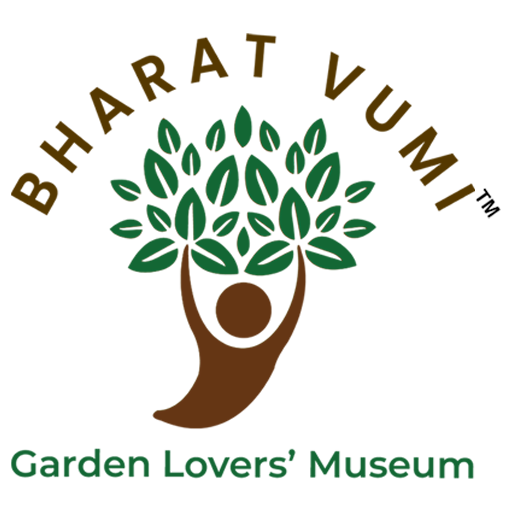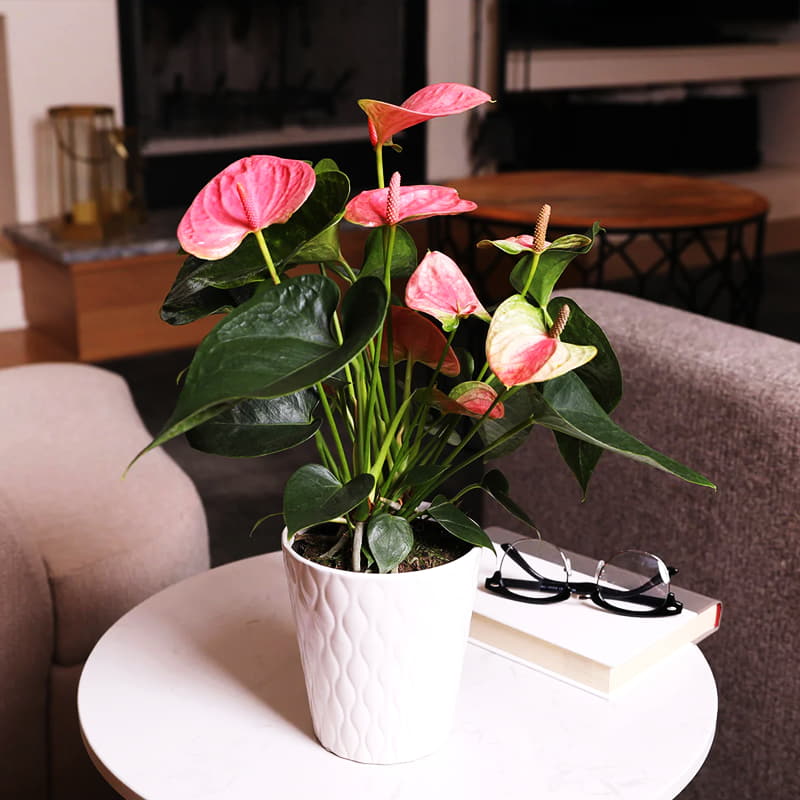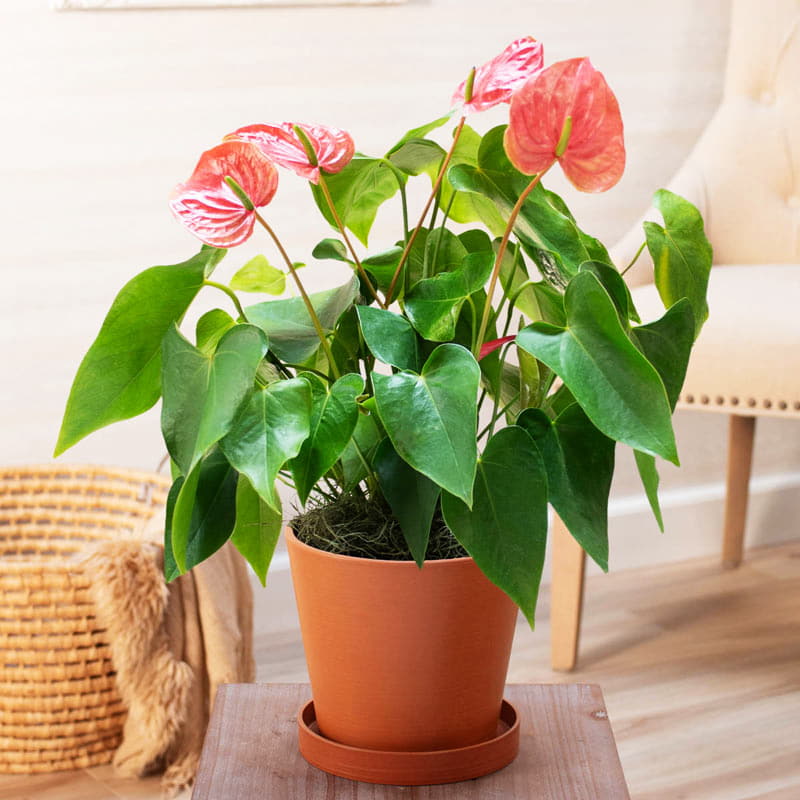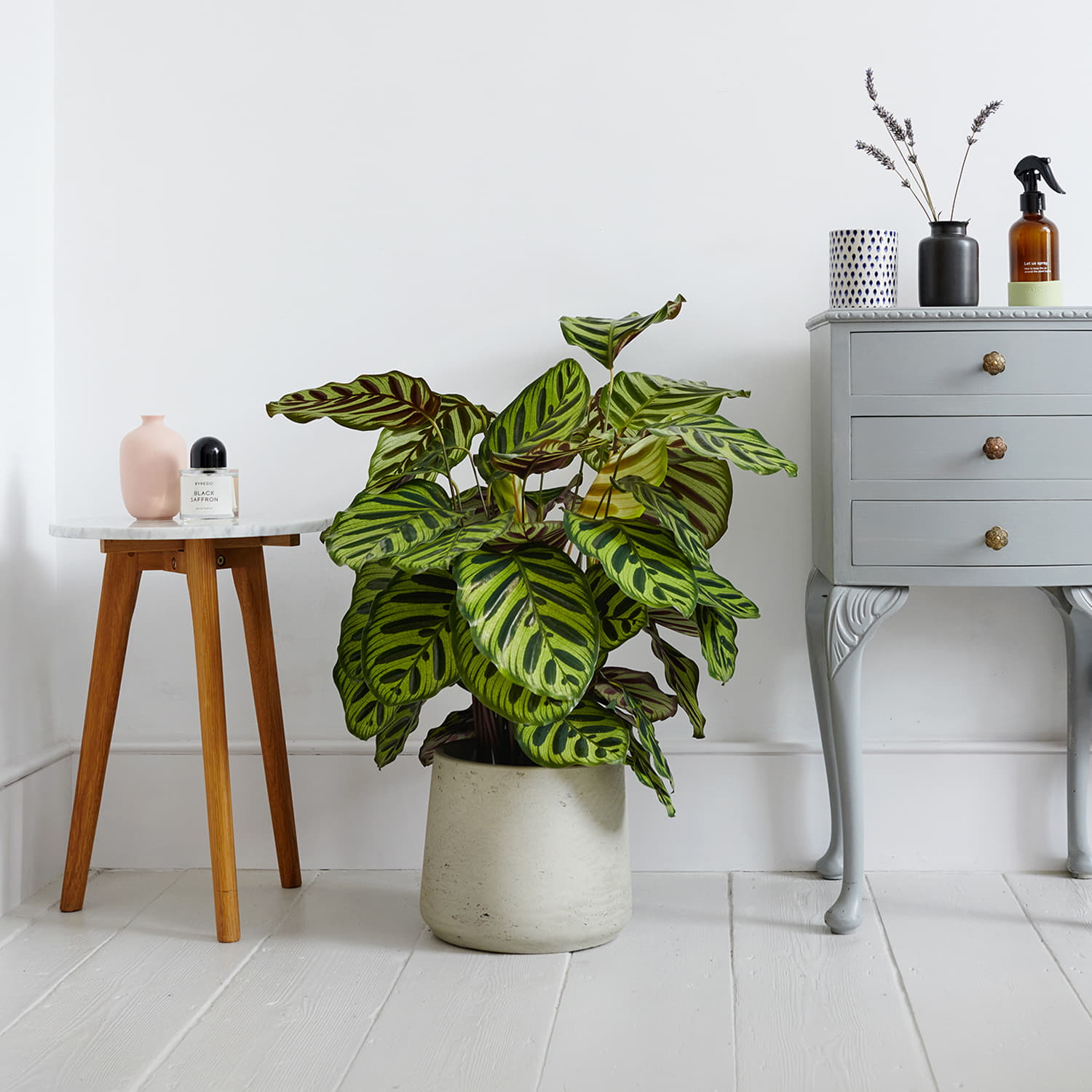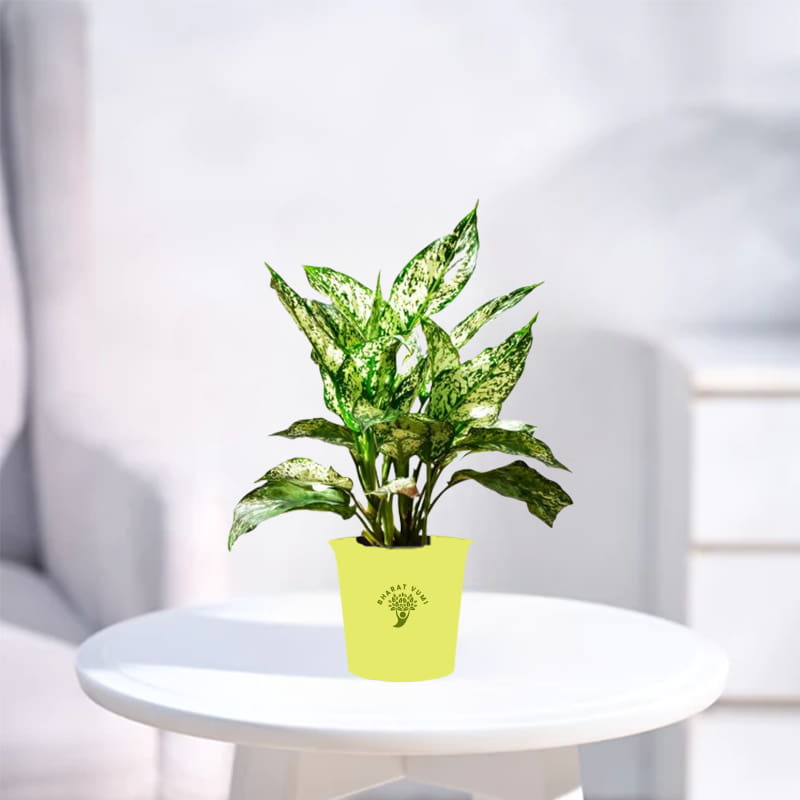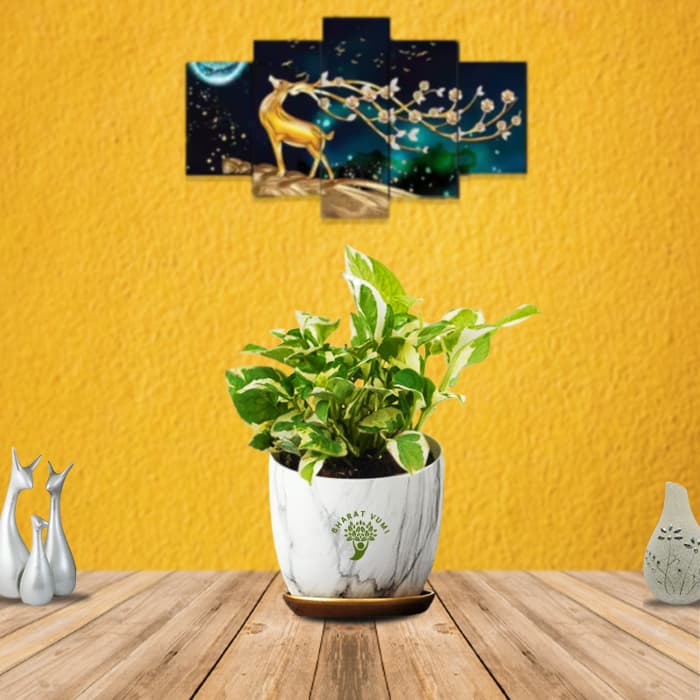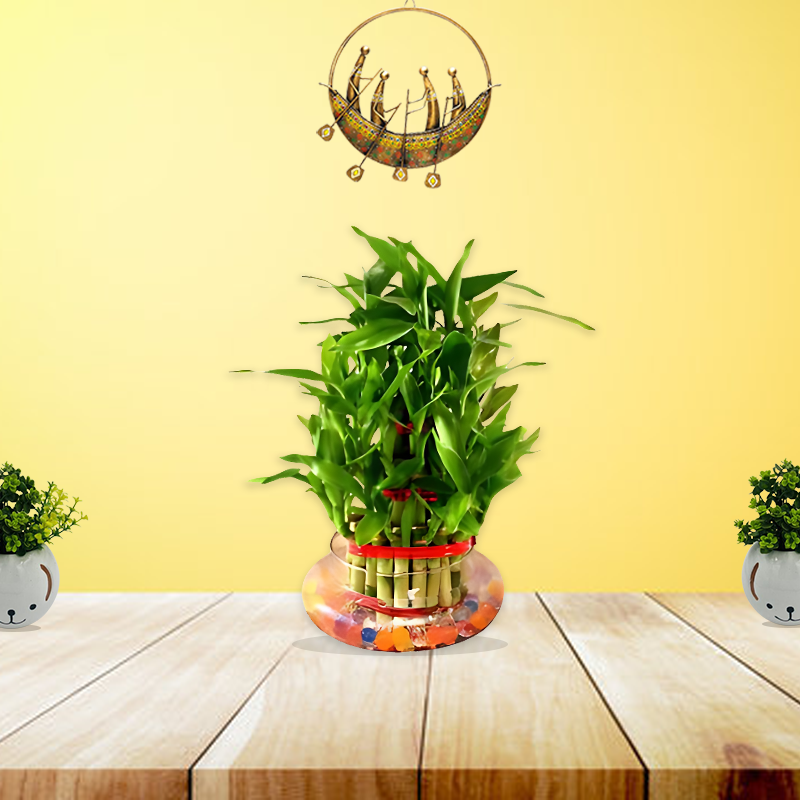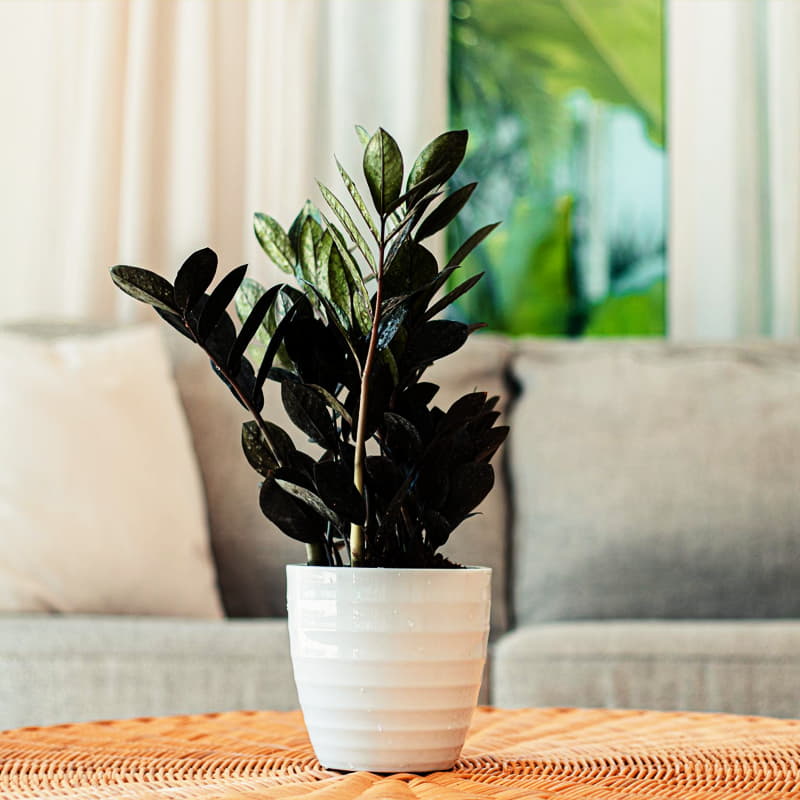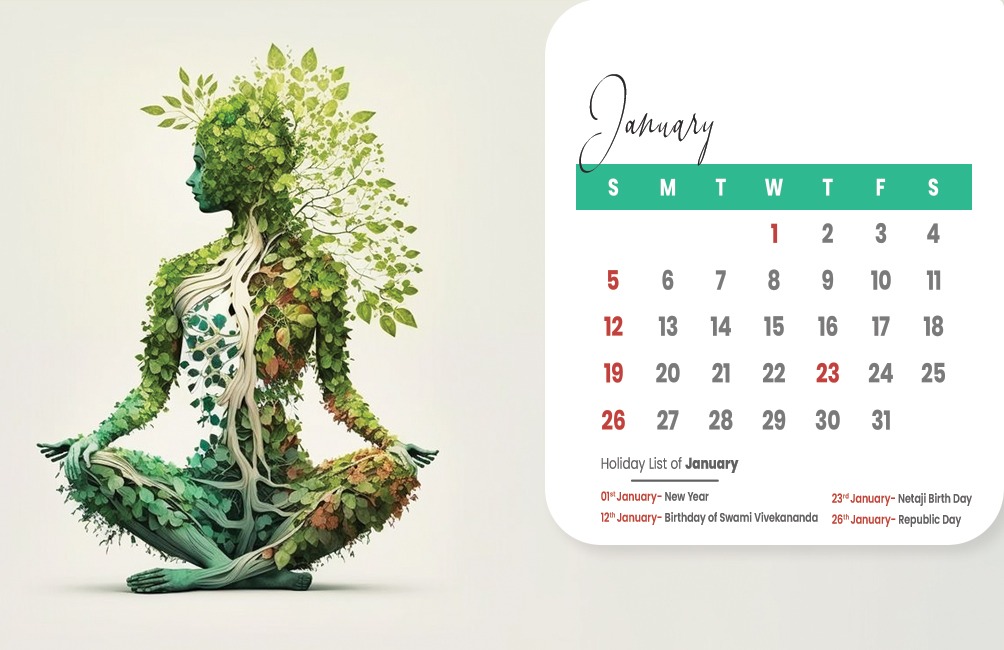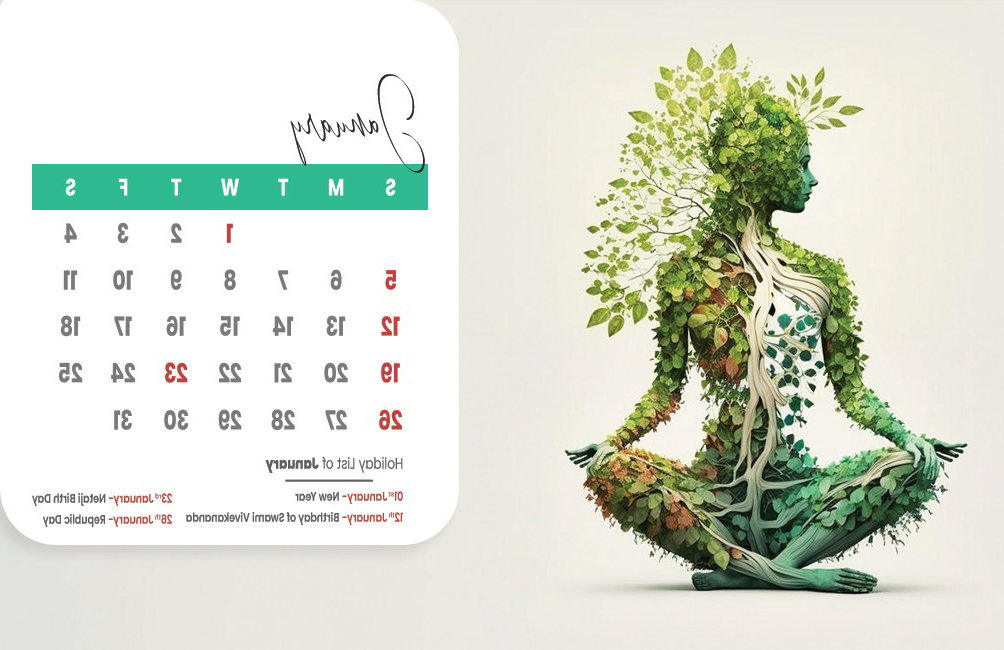Image(s) are for reference. Actual product might vary in some aspects like shape, size etc, from the one given in the image(s). However, we ensure what you get is close to the image(s) and of high quality. Our target is to deliver a healthy and well built plant. So relax after ordering and wait for an excellent delivery from Bharat Vumi that will bring smile on your face.
Plant Description:
Common Name- Pink Anthurium/ Pink Flamingo lily/ painter's palatte
Scientific Name- Anthurium andraeanum
Family- Araceae
Origin- Central and South America.
Pink Anthurium is a visually striking flowering houseplant that is highly popular for its beautiful pink spathe (a modified leaf) and glossy dark green leaves. The spathe resembles a heart shape, making it a symbol of love and passion. The broad and lance-shaped leaves of the plant add an exotic touch to any indoor space. Anthuriums are not only visually stunning but also contribute to better air quality by purifying the surrounding environment. With proper care, Anthuriums can bring beauty and a tropical ambiance to your home or office.
Benefits- Besides its ornamental value, Pink Anthurium has air-purifying properties. It helps improve indoor air quality by removing harmful toxins such as formaldehyde, ammonia, and xylene.
Growing Conditions-
1.Soil- Pink Anthurium thrives in well-drained soil that retains some moisture. A mixture of peat moss, perlite, and regular potting soil provides good drainage while retaining adequate moisture.
2.Watering- Pink Anthurium prefers consistently moist soil but not waterlogged. Allow the top inch of soil to dry out before watering again. Overwatering can lead to root rot, while underwatering can cause the plant to wilt and suffer.
3.Temperature- Anthurium thrives in temperatures between 15°C to 29°C. It is sensitive to cold drafts and temperature extremes, so it is crucial to keep it in a warm and stable environment. Optimum Temperature for growing is 24°C-30°C in Daytime and 15°C-22°C in Night .
4.Humidity- High humidity levels ranging from 60% -80% are ideal for Anthurium. To increase humidity around the plant, you can place a tray filled with water near the plant or use a humidifier or group all the plants in a place to create a microclimate.
5.Light Requirement- Pink Anthurium prefers bright, filtered light. It thrives in moderate to high light conditions. However, direct sunlight can scorch the leaves, East or north-facing windows are usually suitable locations. 6-8 hours of bright indirect sunlight is suitable for the plants.
6.Fertilization- Fertilize the Anthurium with a balanced liquid fertilizer every two to three months during the growing season (spring and summer). Avoid over-fertilizing, as it can lead to salt buildup and damage the plant.
7.Flowering- Pink Anthurium produces long-lasting pink blooms with a distinctive spathe shape. These flowers can appear throughout the year under optimal growing conditions.
8.Important Diseases- Anthuriums can be susceptible to root rot if overwatered or exposed to excessively damp conditions. To prevent root rot, ensure proper drainage and avoid overwatering. Fungal diseases such as leaf spot and blight can occur in high humidity. Blight appears as dark water soaked spots on the leaves and leaf spot appears as circular irregular spots surrounded by yellow halo. Good airflow and avoiding overhead watering can help to prevent these diseases.
9.Important Pests- Common pests that can affect the Anthurium plants include aphids, mealybugs, and spider mites. Regularly inspect the plant for signs of infestation, such as small insects, webbing, or sticky residue on the leaves. Use organic insecticides such as neem oil or insecticidal soap to treat the pests.
10.Pruning & Maintenance- Regular pruning helps maintain the health and appearance of Anthurium plant. Remove dead or yellowing leaves to promote new growth and prevent the spread of diseases. Trim off spent flowers to encourage continuous blooming. Repot the plant in 2-3 years.
11.Propagation- Anthuriums can be propagated through tissue culture, stem cutting, seeds and suckers. Tissue culture is widely used for commercial cultivation. Cuttings should be collected from 3-4 year old plant for stem cuttings. Suckers should be collected from the base of the plant at 4-5 leaf stage with 2-3 roots separated. seeds germinates within 10 days. Transplanting can be done after 4-6 months. It takes 2-3 years to bloom.
| Type |
Herbaceous, climbing perennial |
|---|---|
| Benefits |
Used for decorative purpose, Purify air by removing pollutants like ammonia, cigeratte smoke |
| Planting Time |
Spring and summer |
| soil |
Prefers a coarse, well drained soil |
| Watering |
Watering can be done once a week |
| Temperature |
conditions.Optimum Temparature for growing is 24-30°C in Daytime and 15-22°C in Night |
| Humidity |
60%- 80% |
| Light Requirements |
6-8 hours of bright indirect sunlight |
| Fertilization |
Balanced NPK can be given twice a month during growing period( spring and summer) |
| Flowering |
Throughout the summer |
| Common Diseases |
Anthracnose, Root Rot, Leaf spot, Bacterial wilt |
| Common Pests |
Aphids, scales, spider mites, Thrips |
| Pruning |
Can be done anytime of the year |
| Dormancy Period |
Winter |
| Propagation |
Propagated through tissue culture, stem cuttings, seeds and suckers. |
| Special aspects |
According to Feng Shui Anthurium can be used to attract positive energy |
